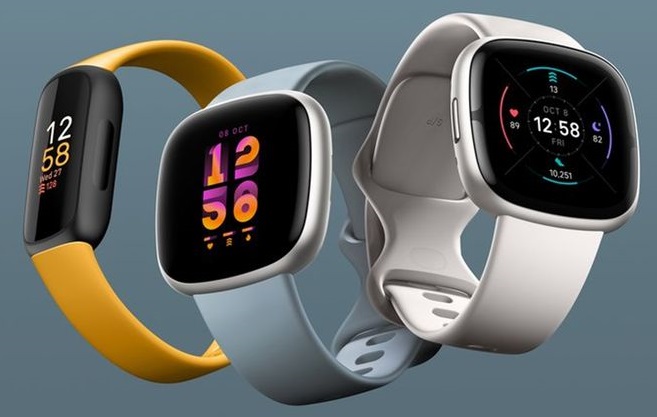Apple TV+ is enjoying a remarkable year, with a new record for the most watched series and Jon Hamm achieving the largest drama launch—but comedies have also been thriving, featuring the latest new series.
## The Studio, Murderbot, and More Enhance the Apple TV+ Comedy Collection
There’s no denying that two of the leading successes for Apple TV+ this year have been dramas: *Severance* and *Your Friends & Neighbors*.
However, the platform has also experienced a successful run with comedy introductions.
*The Studio* is regarded by many as the finest comedy of the year across any streaming platform. It is anticipated to be a major contender at the Emmy awards this year and generated considerable excitement during its inaugural season’s airing.
*Mythic Quest* season 4 served as a fantastic farewell for the workplace comedy. Although it didn’t attract the audience needed to secure a fifth season, that was not due to a lack of artistic merit.
*Murderbot* has been another success for Apple, merging sci-fi action with the amusing comedic soliloquy of its main character, portrayed by Alexander Skarsgård.
And this month, *Stick* debuted as the newest Apple TV+ comedy. So far, it appears to be yet another success.
## Stick is a Bill Lawrence-Inspired Comedy in the Ted Lasso Style
*Stick* is the first Apple TV+ series that boldly attempts to copy the successful *Ted Lasso* formula, achieving largely favorable results.
Like *Lasso*, *Stick* leans more towards a dramedy than a laugh-focused show like *The Studio*.
It fits well alongside Apple’s other “heartfelt” comedies such as *Ted Lasso* and *Shrinking*, both created by Bill Lawrence. *Trying* serves as another fitting reference.
Although *Stick* has a completely different creative team, it captures much of the charming, light-hearted yet substantial tone that some of Apple’s most cherished comedies have achieved.
Here’s Apple’s series overview, along with the trailer:
> Owen Wilson stars as Pryce Cahill, a past-his-prime, former professional golfer whose career was prematurely derailed two decades ago. Following the breakdown of his marriage and while employed at an Indiana sporting goods store, Pryce bets everything, including his future, on a troubled 17-year-old golf prodigy named Santi (Peter Dager). “Stick” is a heartfelt, uplifting comedy about a found family and their connections set within the realm of golf like never before.
At the moment, only a few episodes are accessible. Critics who have viewed the entire season, however, confirm *Stick*’s capability to charm audiences. The show has also remained a top-viewed Apple TV+ series since its launch, indicating it is attracting viewers.
Apple TV+ may be cultivating a strong reputation for sci-fi and drama, but comedies remain a significant strength for the platform.
Apple TV+ is available for $9.99 per month and offers popular TV series and films such as *Ted Lasso*, *Severance*, *The Morning Show*, *Silo*, and *Shrinking*.
Read More








